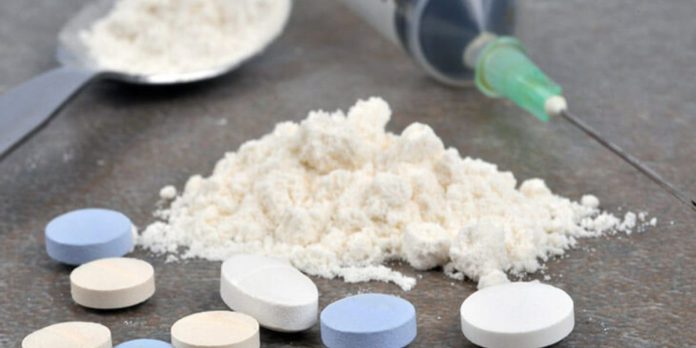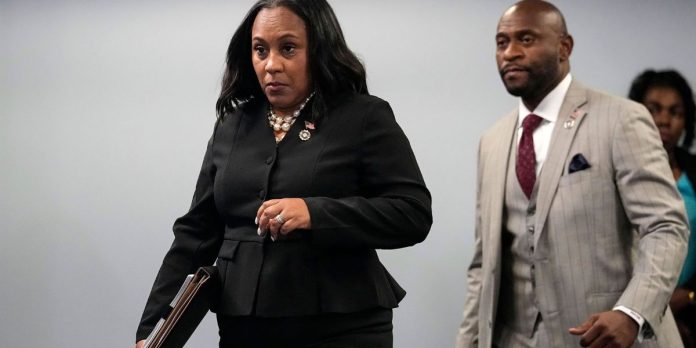Title: Addressing the Drug Overdose Crisis: Strategies for Prevention and Support
Introduction:
Drug overdoses have become a critical public health issue in the United States, claiming the lives of approximately 100,000 individuals each year. The COVID-19 pandemic has exacerbated this problem, leading to increased stress, isolation, and disruptions in vital services. In this article, we will delve into the circumstances surrounding drug overdoses and discuss strategies for prevention and support.
Understanding the Impact of Drug Overdoses:
1. The Rising Toll: Drug overdoses have reached alarming levels, with devastating consequences for individuals, families, and communities. The state of North Carolina has been particularly affected, earning the unfortunate title of the “Drug Overdose Capital.”
2. Contributing Factors: The COVID-19 pandemic has created a perfect storm for substance abuse and overdose. Factors such as increased stress, limited access to treatment and support services, and social isolation have all played a role in exacerbating the crisis.
Prevention Strategies:
1. Education and Awareness: Raising awareness about the dangers of drug abuse is crucial. Implementing comprehensive educational programs in schools, community centers, and healthcare facilities can help equip individuals with the knowledge to make informed decisions.
2. Prescription Drug Monitoring Programs (PDMPs): These programs aim to prevent prescription drug misuse by monitoring the prescribing and dispensing of controlled substances. By identifying potential cases of over-prescription or doctor shopping, PDMPs can intervene before addiction takes hold.
3. Access to Naloxone: Naloxone is an opioid overdose reversal medication that can save lives in emergency situations. Ensuring widespread availability and training in its administration can significantly reduce overdose fatalities.
4. Treatment and Rehabilitation: Expanding access to evidence-based treatment programs, including medication-assisted treatment (MAT), counseling, and support groups, is crucial. Removing barriers such as cost, stigma, and limited resources can encourage individuals to seek help.
Supporting Individuals and Communities:
1. Harm Reduction Initiatives: Implementing harm reduction strategies, such as needle exchange programs and safe injection sites, can minimize the risks associated with drug use. These initiatives provide a safe environment and access to sterile equipment, reducing the transmission of diseases and preventing overdose deaths.
2. Peer Support Networks: Establishing peer support networks can offer individuals struggling with addiction a sense of belonging and understanding. Peer mentors who have successfully overcome addiction can provide guidance, encouragement, and hope.
3. Mental Health Services: Addressing underlying mental health issues is crucial in preventing substance abuse and overdose. Integrating mental health services into primary care settings and ensuring access to affordable counseling and therapy can make a significant difference.
4. Community Engagement: Engaging community leaders, organizations, and residents in collaborative efforts is essential for combating the drug overdose crisis. By fostering a sense of collective responsibility, communities can work together to develop innovative solutions and provide support to those in need.
Conclusion:
The drug overdose crisis in the United States demands urgent attention and a comprehensive approach. By implementing prevention strategies such as education, prescription drug monitoring, and naloxone availability, we can save lives. Additionally, providing support through treatment programs, harm reduction initiatives, peer networks, and mental health services is vital for individuals and communities affected by addiction. Together, we can address this public health crisis and create a future where drug overdoses are no longer a leading cause of preventable deaths.



